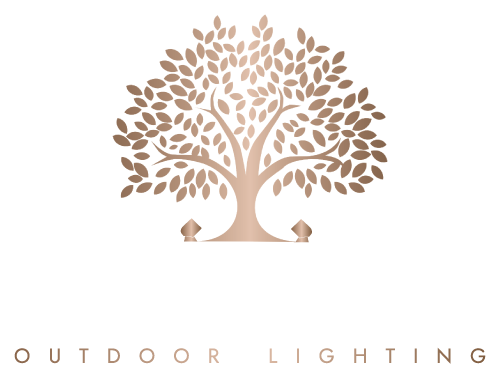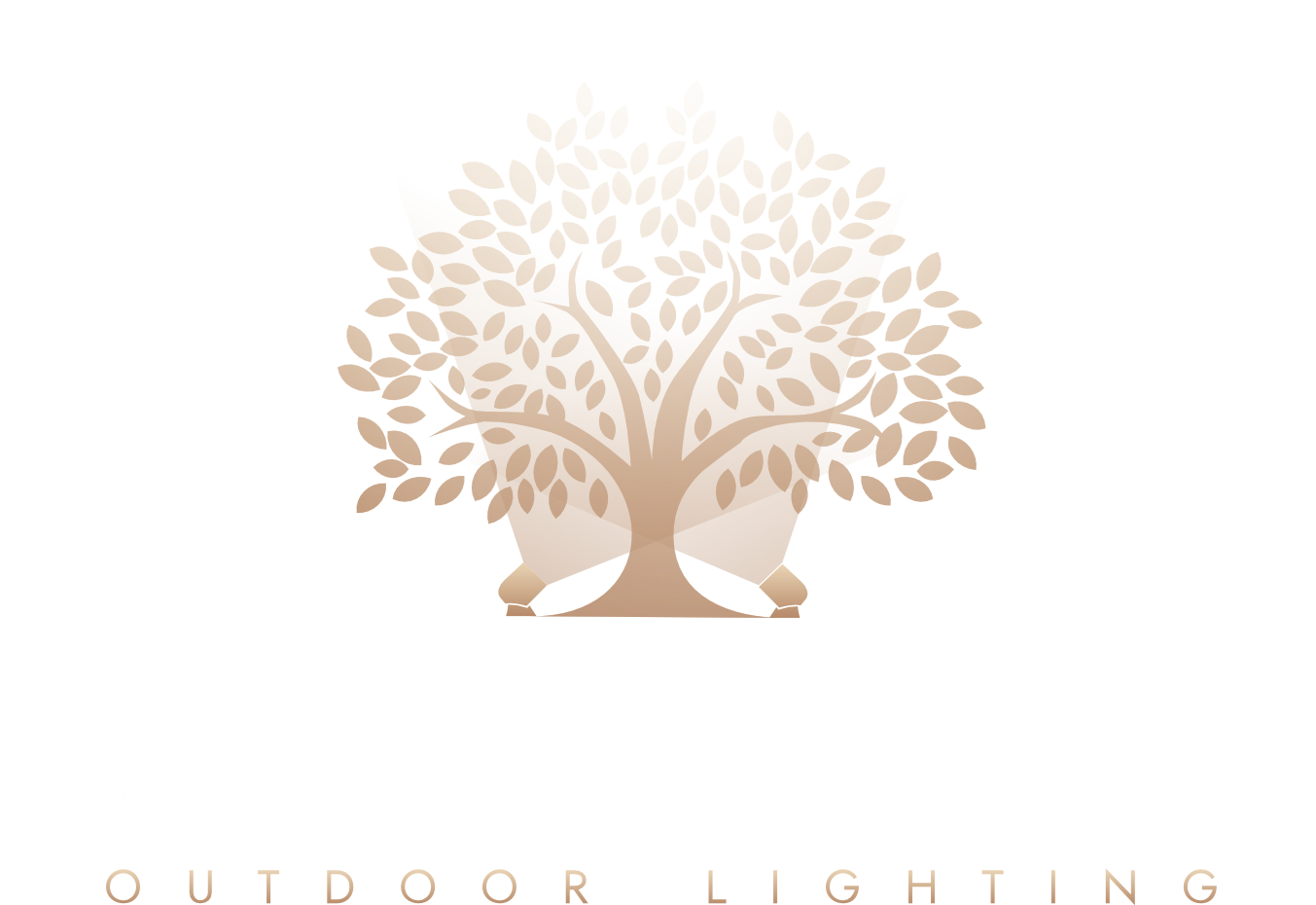When it comes to outdoor lighting, the color temperature you choose can dramatically affect the ambiance and functionality of your unique outdoor spaces. Whether you’re illuminating a cozy patio, a sprawling garden, or a welcoming pathway, understanding color temperature is essential for achieving the right mood and ensuring safety. In this guide, we’ll explore everything you need to know about selecting the perfect color temperature for your outdoor lights, ensuring your home illumination is both beautiful and practical.
Understanding Color Temperature
Color temperature is measured in Kelvin (K) and describes the warmth or coolness of a light source. It ranges from warm, yellowish tones to cool, bluish tones. For instance, a candle flame has a color temperature of around 1,500K, while daylight can range from 5,000K to 6,500K. So, why does this matter for your outdoor lighting?
Choosing the right color temperature can enhance the aesthetic appeal of your home while also serving practical purposes. Warm light (below 3,000K) creates a cozy and inviting atmosphere, perfect for social gatherings or relaxing evenings. On the other hand, cooler light (above 4,000K) is often associated with alertness and clarity, making it ideal for safety lighting and task-oriented areas.
When planning your lighting design, consider the activities that will take place in your outdoor spaces. Will you be hosting parties? Enjoying quiet evenings? Or perhaps you need to ensure safety along pathways? Each scenario may call for a different color temperature.
Warm White Light: The Cozy Choice
Warm white light, typically around 2,700K to 3,000K, is often the go-to choice for outdoor lighting. This color temperature mimics the glow of traditional incandescent bulbs, creating a welcoming atmosphere that invites relaxation and social interaction. Imagine sitting on your patio, surrounded by warm light that enhances the beauty of your garden. It’s like wrapping yourself in a cozy blanket!
Warm white light is perfect for areas where you entertain guests or unwind after a long day. It complements natural materials like wood and stone, enhancing the overall aesthetic of your outdoor space. Additionally, it’s great for highlighting architectural features of your home, making it stand out beautifully at night.
However, while warm white light is inviting, it may not be the best choice for all outdoor areas. For instance, if you have a large backyard or a space that requires more visibility, you might want to consider a cooler color temperature. This is where understanding your specific needs becomes crucial.
Cool White Light: Bright and Functional
Cool white light, typically ranging from 4,000K to 5,000K, offers a brighter and more energetic feel. This color temperature is ideal for areas where visibility and safety are paramount. Think about pathways, driveways, and entrances—places where you want to ensure that everyone can see clearly and navigate safely.
Using cool white light can also enhance the security of your home. It’s often used in professional installation settings, where high-quality fixtures are strategically placed to illuminate dark corners and deter potential intruders. The bright, crisp light can make your outdoor spaces feel more open and spacious, which is particularly beneficial for larger properties.
However, while cool white light is functional, it may not create the same inviting atmosphere as warm white light. Therefore, consider using a combination of both color temperatures in your outdoor lighting design. For example, you could use warm white lights for your seating areas and cool white lights along pathways for safety. This blend can create a balanced and harmonious environment.
Choosing the Right Fixtures
Once you’ve decided on the color temperature, the next step is selecting the right fixtures. The market is flooded with options, from stylish sconces to practical floodlights. When choosing your fixtures, consider the overall aesthetic of your home and the specific function of each light.
For instance, if you’re looking to create a cozy atmosphere on your patio, you might opt for decorative lanterns that emit warm white light. On the other hand, if you need to illuminate a long driveway, high-quality floodlights with cool white light can provide the brightness you need.
Additionally, consider energy efficiency when selecting your fixtures. LED lights are a fantastic option as they consume less energy and have a longer lifespan compared to traditional bulbs. This not only saves you money on energy bills but also reduces the frequency of replacements, making maintenance services easier and less costly.
Don’t forget about the importance of customer satisfaction. Choosing fixtures that are both functional and aesthetically pleasing can enhance your outdoor experience and ensure that you’re happy with your lighting design for years to come.
Layering Your Outdoor Lighting
Layering is a crucial aspect of effective outdoor lighting design. By combining different types of lighting—ambient, task, and accent—you can create a dynamic and inviting atmosphere. Ambient lighting provides overall illumination, task lighting focuses on specific areas, and accent lighting highlights features or creates visual interest.
For example, you might use warm white ambient lighting to create a cozy glow around your patio while incorporating cool white task lighting along pathways for safety. Accent lighting can be used to highlight beautiful trees, sculptures, or architectural details of your home, adding depth and character to your outdoor spaces.
When layering your lighting, consider the height and placement of each fixture. Lights placed at different heights can create a more interesting visual effect and help to avoid harsh shadows. Experiment with different combinations to find what works best for your unique outdoor spaces.
Maintaining Your Outdoor Lighting
Once you’ve installed your outdoor lighting, it’s essential to keep it well-maintained. Regular maintenance not only ensures that your lights function correctly but also prolongs their lifespan. Start by cleaning your fixtures regularly to remove dirt and debris that can block light output. This is especially important for fixtures exposed to the elements.
Additionally, check for any burnt-out bulbs and replace them promptly. If you’re using LED lights, you’ll find that they last much longer than traditional bulbs, but they still require occasional replacements. Keeping an eye on your fixtures and performing routine checks can help you avoid any unexpected outages.
Consider scheduling professional maintenance services to ensure that your outdoor lighting remains in top condition. A professional can assess your lighting design, make recommendations for improvements, and handle any repairs that may be necessary. This proactive approach can enhance your home’s safety and aesthetic appeal.
Conclusion
Choosing the right color temperature for your outdoor lights is a vital step in creating a beautiful and functional outdoor environment. By understanding the differences between warm and cool light, selecting the right fixtures, and layering your lighting effectively, you can transform your home into a work of art. Remember, it’s not just about illumination; it’s about creating an atmosphere that reflects your style and enhances your outdoor experience. If you’re ready to elevate your outdoor lighting design, consider reaching out to TRANSFORM YOUR HOME INTO A WORK OF ART Unique Outdoor Lighting for professional outdoor lighting services. Call us at 908-565-0788 and let’s make your outdoor spaces shine!
What is the best color temperature for outdoor lighting?
The best color temperature for outdoor lighting depends on the intended use. Warm white light (2700K-3000K) is great for creating a cozy atmosphere, while cool white light (4000K-5000K) is ideal for safety and visibility.
How can I improve the energy efficiency of my outdoor lighting?
To improve energy efficiency, consider using LED fixtures, which consume less energy and have a longer lifespan. Additionally, using timers or motion sensors can help reduce energy consumption by ensuring lights are only on when needed.
Can I mix different color temperatures in my outdoor lighting design?
Absolutely! Mixing different color temperatures can create a balanced and dynamic lighting design. For example, you can use warm white lights for seating areas and cool white lights for pathways.
How often should I maintain my outdoor lighting?
Regular maintenance is key to keeping your outdoor lighting in good condition. Aim to clean your fixtures every few months and check for burnt-out bulbs at least once a season.
What are the benefits of professional outdoor lighting installation?
Professional installation ensures that your outdoor lighting is designed and placed effectively for maximum impact and safety. It also saves you time and effort, allowing you to enjoy your unique outdoor spaces without the hassle of DIY installation.

